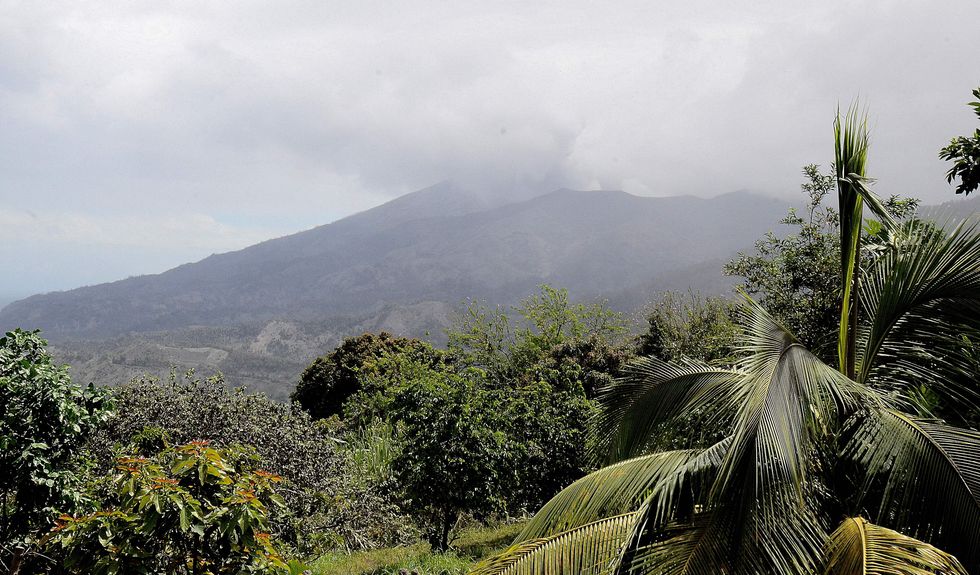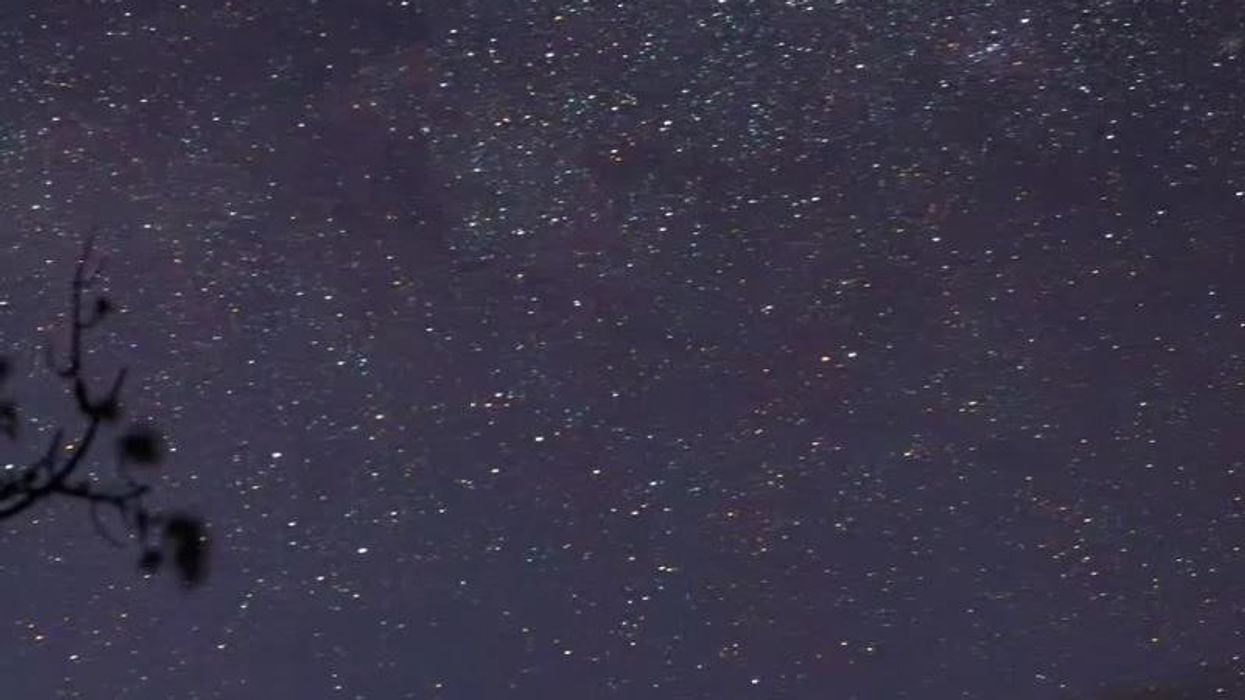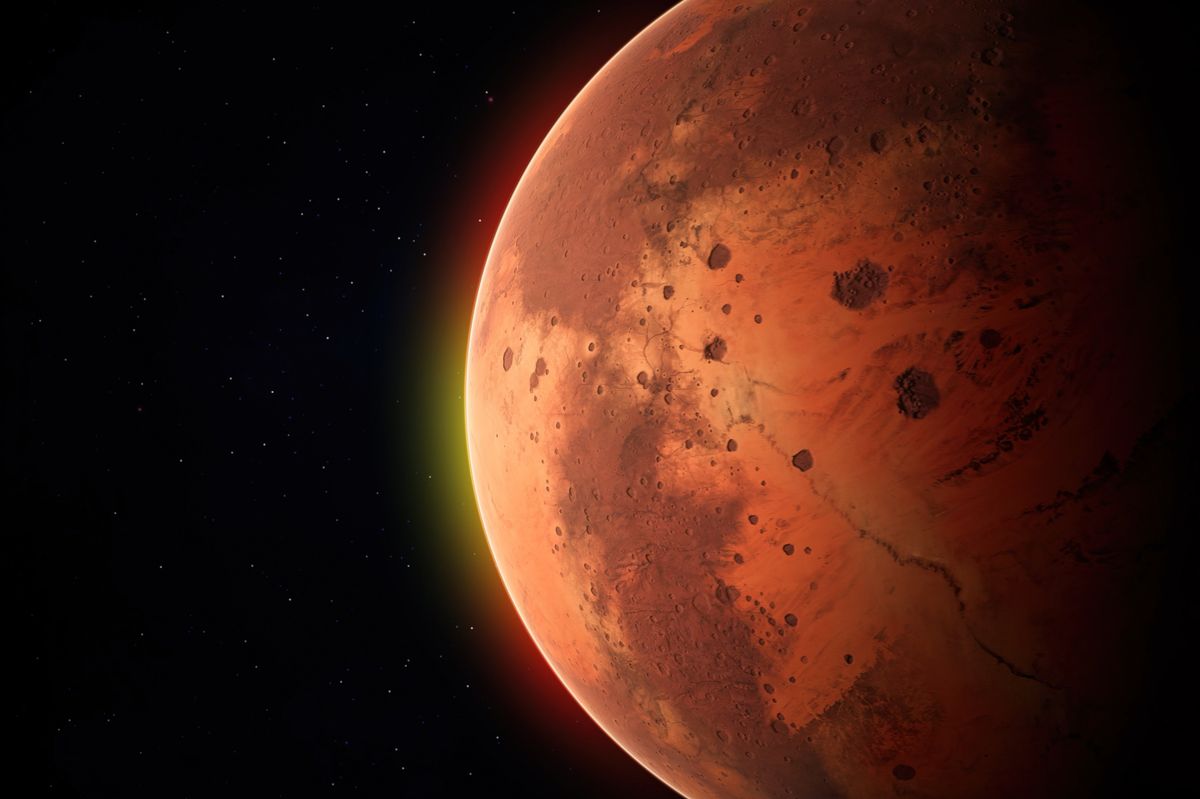Jake Brigstock
Jul 08, 2025
Mesmerizing Night Sky Over an Active Volcano
BVIRAL / VideoElephant
Ever wondered what really lies underneath a volcano? Well researchers have developed a new imaging technique that lets them do just that.
A research team from the French National Centre for Scientific Research (CNRS) and the Paris Institute of Planetary Physics (IPGP) have come up with a take on a technique known as matrix imaging (which is used in the medical profession) alongside using optical microscopes, reports Science Alert.
It helps to overcome the problem of volcanoes not having many geophones (devices that transform ground vibrations into voltage).
These basically help measure seismic activity which tells scientists what exactly is beneath the surface.
As seismic waves ripple around, they can also be interpreted using matrix imaging to work out different materials and different types of layouts in Planet Earth's crust.
The researchers used the La Soufriere volcano in Saint Vincent to test it which has a "sparse" network of geophones.
The team basically found a way to combine data from a number of geophones to work out details individual ones cannot capture on their own.

The researchers wrote in their Communications Earth & Environment paper: "Using wave correlations resistant to disorder, matrix imaging successfully unscrambles wave distortions, revealing La Soufriere's internal structure down to 10 kilometers (6.2 miles) with 100-metre (328-ft) resolution.
"Volcanic eruptions necessitate precise monitoring of magma pressure and inflation for improved forecasting.
"Understanding deep magma storage is crucial for hazard assessment, yet imaging these systems is challenging."
Sure enough, this study found a number of complex layers of magma storage underneath La Soufriere and the way these layers are connected to other deep-lying features.
This additional data helps give more accurate predictions of when a volcano might erupt which could save lives in some parts of the world.
Matrix imaging can work with data that already exists.
This article was originally published on 1 October 2024
Why not read...
Earth 'could have once been like Saturn' for this reason and it changes everything
'Doomsday glacier' on brink of collapse could sink parts of Planet Earth
How to join the indy100's free WhatsApp channel
Sign up to our free indy100 weekly newsletter
Have your say in our news democracy. Click the upvote icon at the top of the page to help raise this article through the indy100 rankings.
Top 100
The Conversation (0)













